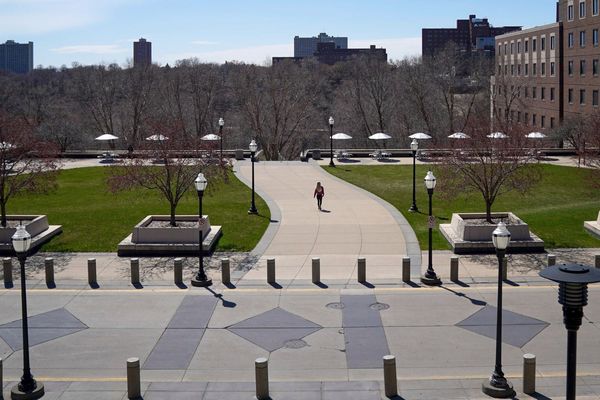The kharif crop acreage has improved to 82% of the normal average in the drought-prone Prakasam district in view of near-normal rainfall during the monsoon season.
Farmers have cultivated crops in over 1.40 lakh hectares as against the average of 1.71 lakh hectares as kharif season comes to close by September-end. The shortfall will come down further during the last week of September and the first week of October, according to Agriculture Joint Director S. Srinivasa Rao.
The rainfall deficit has reduced to 12% as 316 mm of precipitation has been recorded so far since June as against the average of 359.51 mm, according to a report compiled by the Agriculture Department.
Transplantation of paddy has gathered speed in the areas coming under Ongole branch canal as also Darsi branch canal of Nagarjunasagar Right Bank Canal (NRBC).
Paddy seedlings have been transplanted in 14,286 hectares so far when compared to the normal extent of 18,000 hectares. ‘‘The shortfall will be compensated for in a week or so in view of the steady discharge of water from the NRBC this year,” said Mr. Srinivasa Rao. The acreage of other crops is expected to go up during the period as kharif and rabi seasons overlap in the district.
“We have completed 100% e-crop digital booking this time, a mandatory provision for farmers to avail of the benefits extended by the government. The situation is favourable for the crop acreage to go up further,” said the Agriculture Joint Director.
A majority of farmers show interest in growing cotton and edible oil, expecting a buoyant market condition. The acreage of oil seed crops stands at 8,374 hectares, accounting for 155% of the average, while cotton in 41,452 hectares accounts for 140% crop coverage.
Pulses have been sown only in 60% of the average of 89,613 hectares so far. The acreage of red gram, the principal pulse crop in the area, has been put at only 52,500 hectares when compared to average of 85,000 hectares. Those who could not cultivate the principal pulse crop will have to go for black gram, cow pea and chickpea during the rabi.
The farmers, who were initially not interested in growing chilli as they had burnt their fingers because of rampant pest attack last year, belatedly raised spice crops in 17,830 hectares (102% of the average) by September 25.







